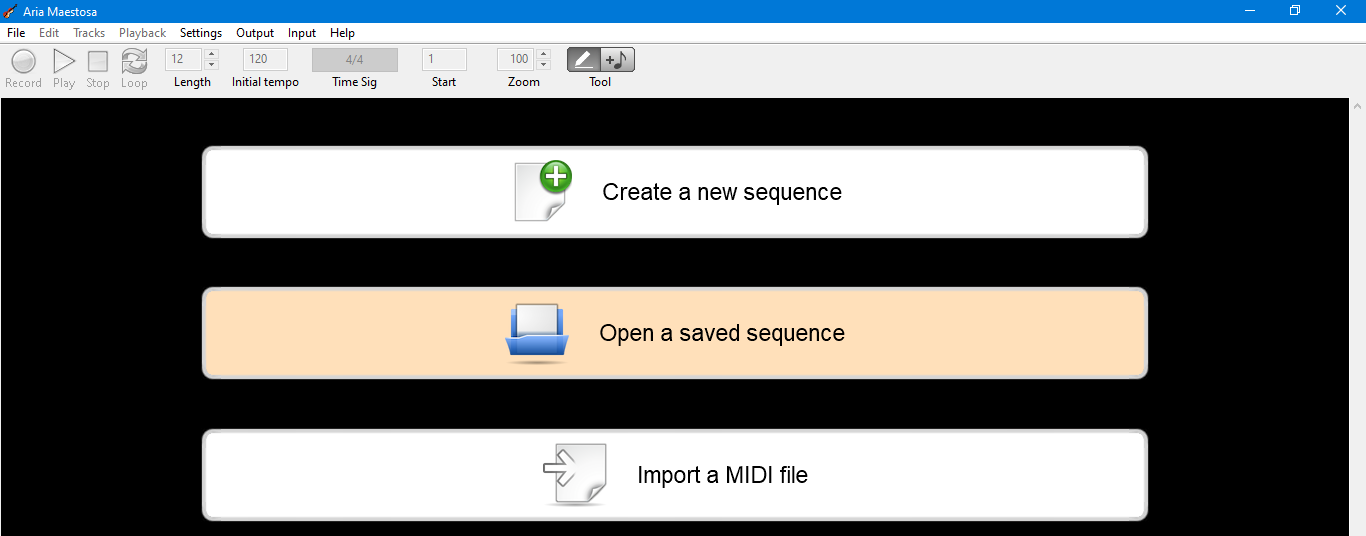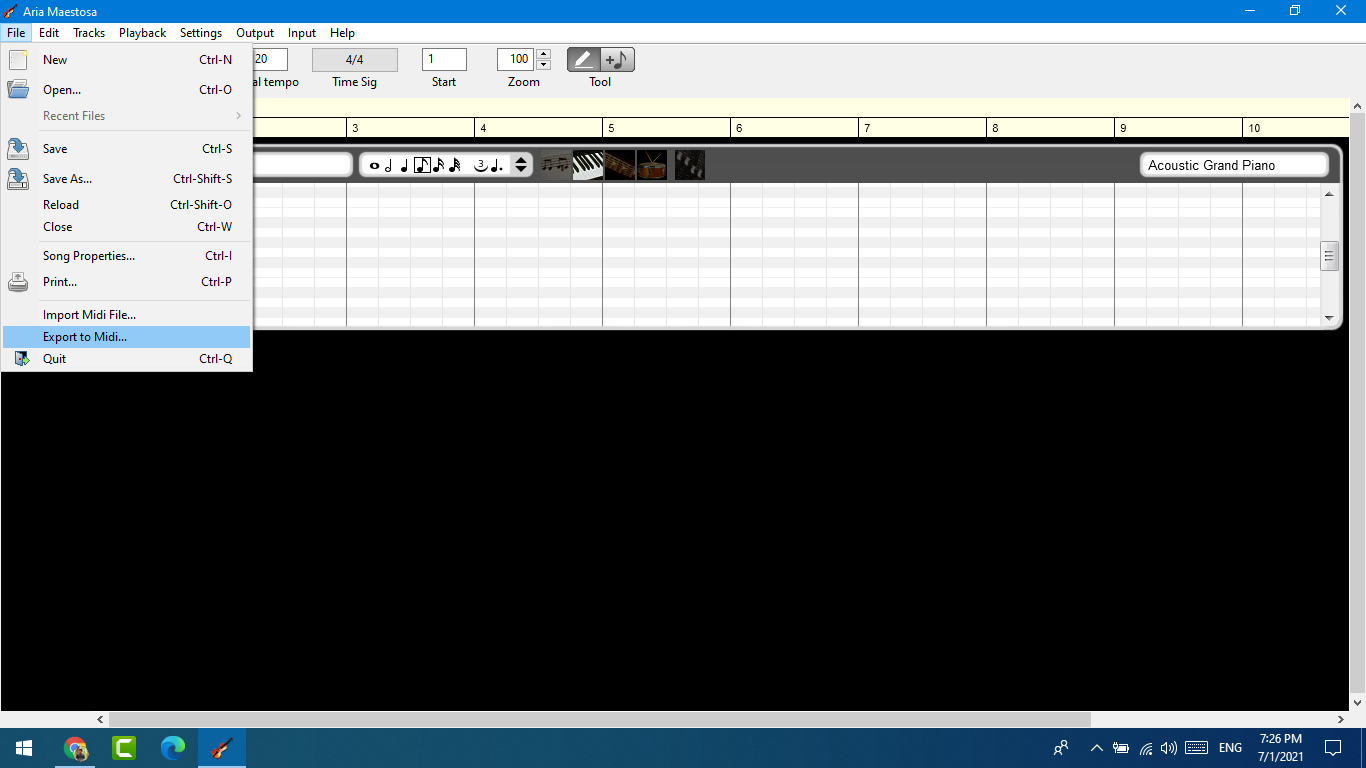In this post, we are going to discuss how to play and edit MIDI files in Windows 11 or 10. A file with the .MID or .MIDI file extension (known as “Mid-EE”) is a digital interface file for a musical instrument. That basically stores music sequences and instructions about when and how to play notes. Unlike regular audio files like MP3 or WAVs, they do not contain actual audio data and are therefore much smaller in size. They instead explain which notes were played, when they were played, and how long each note lasted.
Also, it stores instructions on how the music will be produced when it opens in the dedicated software or when the playback device is connected to the stores. Guides on how to create sound by attaching files of this format to a playback device. Or loaded into a specific software program that knows how to interpret data.
Here, I will talk about how to play and edit MIDI files on your Windows 11 and 10 PC. Let’s get started!
How to play MIDI files in Windows 11/10
MIDI files can be opened with Windows Media Player, Winamp, VLC, WildMidi, TiMidity++, NoteWorthy Composer, WildMIDI, Synthesia, MuseScore, Amarok, Apple’s Logic Pro, and very likely some other popular media players.
Sweet MIDI Player is a MIDI player for iPhone and iPad, but it only plays 75 percent of the file without you paying. Android users can open MID files using the Fun Fun MIDI Player or MIDI Voyager Karaoke Player app.
MidiEditor is a free Windows software for editing MIDI music files. In addition to this, you can record and play MIDI files directly in the software play. It provides a powerful toolbar that lets you use a variety of tools. Similar to another application “Aria Maestosa“, this one also comes with an intuitive interface to edit MIDI with ease.
If you want to play only MIDI music files on your PC, you can use media player software like VLC. Thanks, Windows Media Player supports MIDI as an input format. So, you don’t need third-party software to play MIDI music files. Import a MIDI file into it and play it.
How to edit MIDI files in Windows 11/10
To edit a MIDI file in Windows 11 or 10, we will use an audio editor called Aria Maestosa that allows you to edit MIDI music files. It is a free and open-source software used to create music and edit MIDI music files. Here are the basic steps to edit files in Aria Maestosa:
- Download and install Aria Maestosa.
- Launch Aria Maestosa.
- Import your MIDI file.
- Use the Timeline and various editing tools to make modifications to the MIDI file.
- Save the edited MIDI file.

Following steps for editing MIDI file
Step 1: Firstly, you need to download and install Aria Maestosa on your Windows 10 PC. After installing this software, simply open it up and import a MIDI file from your PC.
Step 2: As we have already discussed, As you launch the software, you will see multiple options on its interface. Just tap on the MIDI file import option and then browse and open a MIDI file.
Step 3: You will see multiple MIDI tracks in the timeline of the main interface where you can edit music directly. This software has various convenient features for editing MIDI music files. You can use the toolbar to add notes, remove, merge, align notes, move, extend, zoom in/out, etc. This allows you to configure track features for new notes, including track background and default volume.
Step 4: Using the speed editor, you can change notes by dragging notes, drawing gestures in the bar, or placing them in a linear line. Additionally, it may lose you from pressure editing, change of control, pitch bend, and channel stress.
Step 5: The advantage of this software is that you can import multiple MIDI files in different tabs and edit them simultaneously.
Types of MIDI Editors
On another note, you will find MIDI editors in three standard interface variations: score view, piano-roll view, or a combination of both.
Typically, since the free apps cost nothing, they run the simpler, more straightforward piano-roll view.
Paid applications offer the score view platform, which is a much more technical approach to editing MIDI files.
Some paid apps let you switch between score view and piano-roll view.
Some Features

Its main toolbar has a tool button. Now You can click to draw notes or add notes. You can click on the corresponding row to add a specific note. You can toggle between MIDI output devices. If you have MIDI devices plugged into your PC, you select the MIDI input to record and create music. It allows you to modify time signature, key signature, tempo, etc. This allows you to change the material from the timeline. It has a library of musical instruments.
You can find a few more simple options for these editors to edit or add songs, add reverb, adjust tempo, edit attack and edit release time, adjust pitch band. When you have finished editing and previewing the MIDI file, you can save the changes to the existing file or export a new MIDI file.
At first it may seem annoying and complicated but don’t think the user interface is quite simple and easy to use.
Read More
TOP 5 BEST SCREEN RECORDER APPS FOR YOUR ANDROID SMARTPHONE
WINDOWS 11 MINIMUM SYSTEM REQUIREMENTS AND ALSO SHORT DEFINITION
THE WINDOWS 11 RELEASE DATE, FEATURES, HARDWARE REQUIREMENTS, PRICE